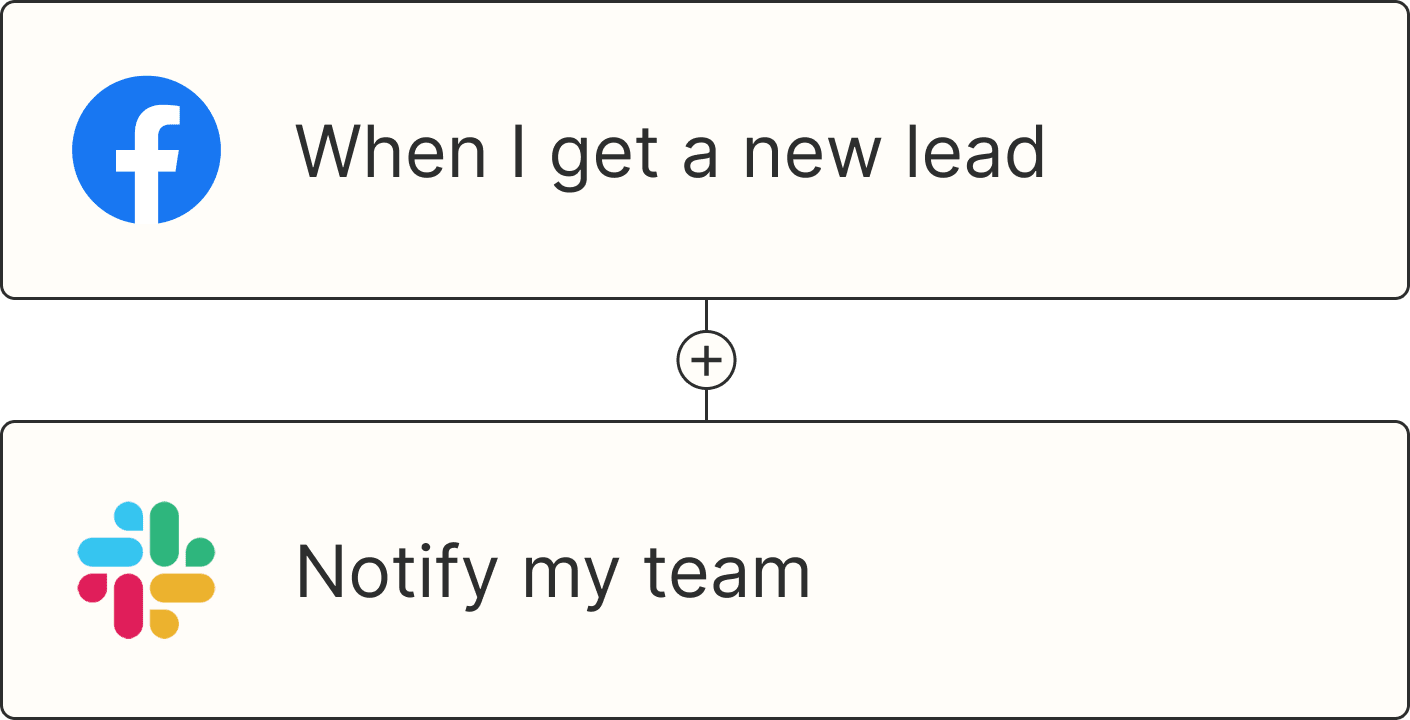This says a lot about my coolness level, but my favorite way to procrastinate is to tinker with a spreadsheet or database. I can easily spend all day building a complicated budget tracker or fine-tuning a graph in my time-tracking spreadsheet. But not everyone finds joy in these aggressively nerdy pursuits. If you use databases in MySQL, you might not have the time or inclination to manage them manually—especially as your business grows.
When you pair MySQL with automation, you can turn your database into a central source of truth that keeps your data streamlined and up to date across your organization—without spending your day trapped in a spreadsheet. Here are the most popular ways to use automated workflows (called Zaps) to build a custom information management system with MySQL.
Zapier is the most connected AI orchestration platform—integrating with thousands of apps from partners like Google, Salesforce, and Microsoft. Use interfaces, data tables, and logic to build secure, automated, AI-powered systems for your business-critical workflows across your organization's technology stack. Learn more.
Table of contents
MySQL is a premium app—available on Zapier's paid plans. Learn more about premium apps.
Add leads to MySQL
Your business probably finds leads from multiple places, like social media and paid ads. If you're using MySQL as your lead-tracking database or customer relationship management (CRM) tool, manually copying and pasting new lead information can quickly become a headache—not to mention unsustainable as your business grows.
Instead, use one of these Zap templates to funnel all new prospects to your MySQL database. From there, you can qualify leads and reach out to prospective customers from a single reference point.
To get started with a Zap template—what we call our pre-made workflows—just click on the button. It only takes a few minutes to set up. You can read more about setting up Zaps here.
Add new Facebook Lead Ads respondents to your MySQL database
Create new rows on a MySQL table with details for new LinkedIn Lead Gen Form leads
Connect MySQL to your spreadsheet app
Though they're often thought of as interchangeable, spreadsheets and databases aren't the same thing. There are plenty of reasons why your team might use a database like MySQL alongside a simpler spreadsheet app like Google Sheets.
Whether you're migrating data from an old spreadsheet tool to MySQL or your team just likes to use multiple spreadsheet-based tools, manual information transfer is risky. Human error is always possible, and even if you avoid typos, your team's time could be spent on more high-value tasks.
Instead, send data to and from MySQL with automation. These Zaps let you create a new row in Google Sheets whenever you add a new row or custom query in MySQL. Or if Google Sheets is your central information hub, send new rows to MySQL with every new row in Sheets.
Copy MySQL rows from custom queries into Google Sheets spreadsheets
Archive new updates to Google Sheets rows in MySQL
Send notifications from MySQL
No matter your project or department, one thing stays the same: you have to keep your team in the loop.
MySQL is an excellent central source of truth—but it doesn't do much good if the right people aren't informed about important updates. The app does let you create custom notifications, but they can be tricky to set up if you're not a coding expert.
Instead, configure a custom automated workflow to notify your Slack channel anytime a new row is created in MySQL.
Send Slack channel messages for new rows in MySQL (custom query)
Send Slack channel messages for new or updated MySQL rows
Or if your team prefers to communicate over email, these Zaps send a new email automatically whenever a new row is added in MySQL. That way, you keep the right people informed of important database updates.
Share new MySQL rows from a custom query with a Gmail email
Add form responses to MySQL
Forms can be an incredibly useful way to collect information, no matter your use case. Perhaps you're running customer surveys, gathering employee feedback, or using intake forms for new feature requests or IT tickets.
But if all those form responses are simply sitting in your Typeform or Unbounce inbox, it's easy to let them build up. You can send them to a MySQL table for easier data management and prioritization.
These Zaps collect form responses from the most popular form builders and send information directly to your MySQL table.
Connect records across MySQL
What happens when your records relate to each other? For instance, if you use MySQL as both a CRM and inventory tracker, both databases should be updated when an existing customer makes a purchase. The more dynamic your databases are, the richer and more reliable your data becomes—which makes it easier to spot trends and make important business decisions.
Whatever your reason for updating one part of MySQL when another record is added or updated, automation can keep your team's workflows running smoothly. Instead of having to remember to manually update rows for new activity in MySQL, use one of these Zaps to set your database management on autopilot.
Update MySQL rows for new or updated rows in MySQL
Use webhooks with MySQL
One of the things that makes MySQL so useful is that it can be customized to suit a wide variety of business purposes. You might use it to manage your eCommerce product catalogs, organize your customer data, or develop web apps.
So while Zapier lets you integrate MySQL with thousands of popular tools, it's quite possible that—given the diverse and often technical needs of MySQL users—your app of choice might not (yet!) be available.
In that case, you can use a webhook to push information from your apps to MySQL based on specified triggers. Try this template to get started!
Update MySQL rows for new catch hooks in Webhooks by Zapier
Boost your productivity with automation
MySQL is a powerful tool in its own right—but the best way to take advantage of your database's full potential is to automate it.
Using Zapier's automated workflows, you can position MySQL as your central source of truth. Easily and instantaneously send information to and from the other apps in your tech stack—whether they're advertising platforms, form builders, communication tools, or other spreadsheet apps.
Related reading:
This article was originally published in February 2023 and was most recently updated in January 2025.








